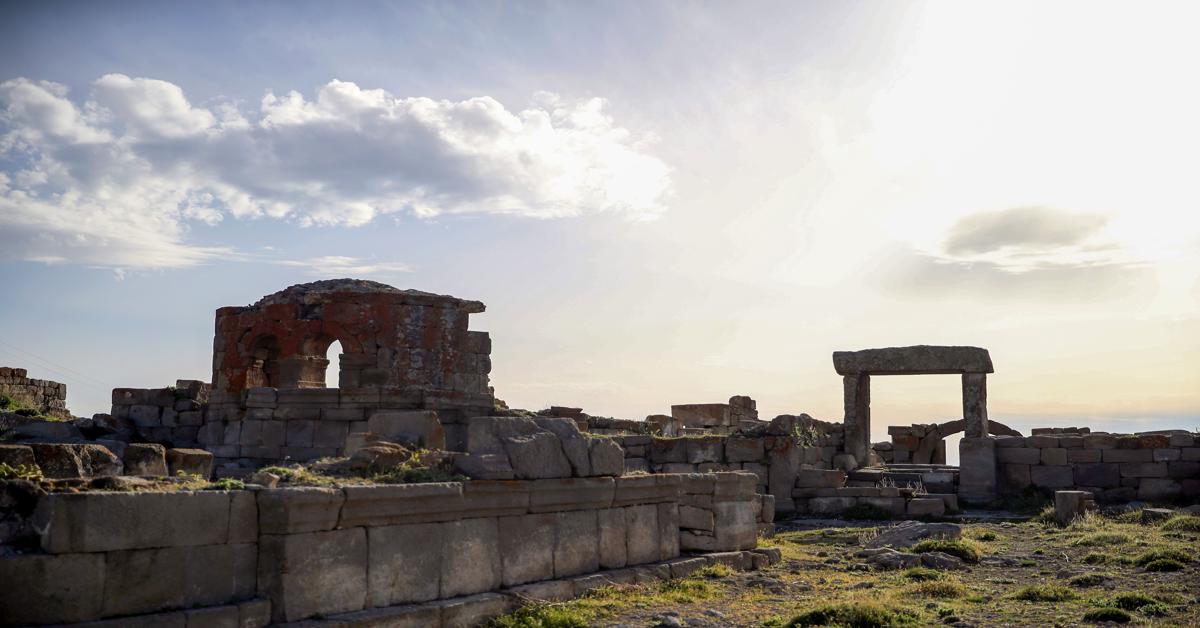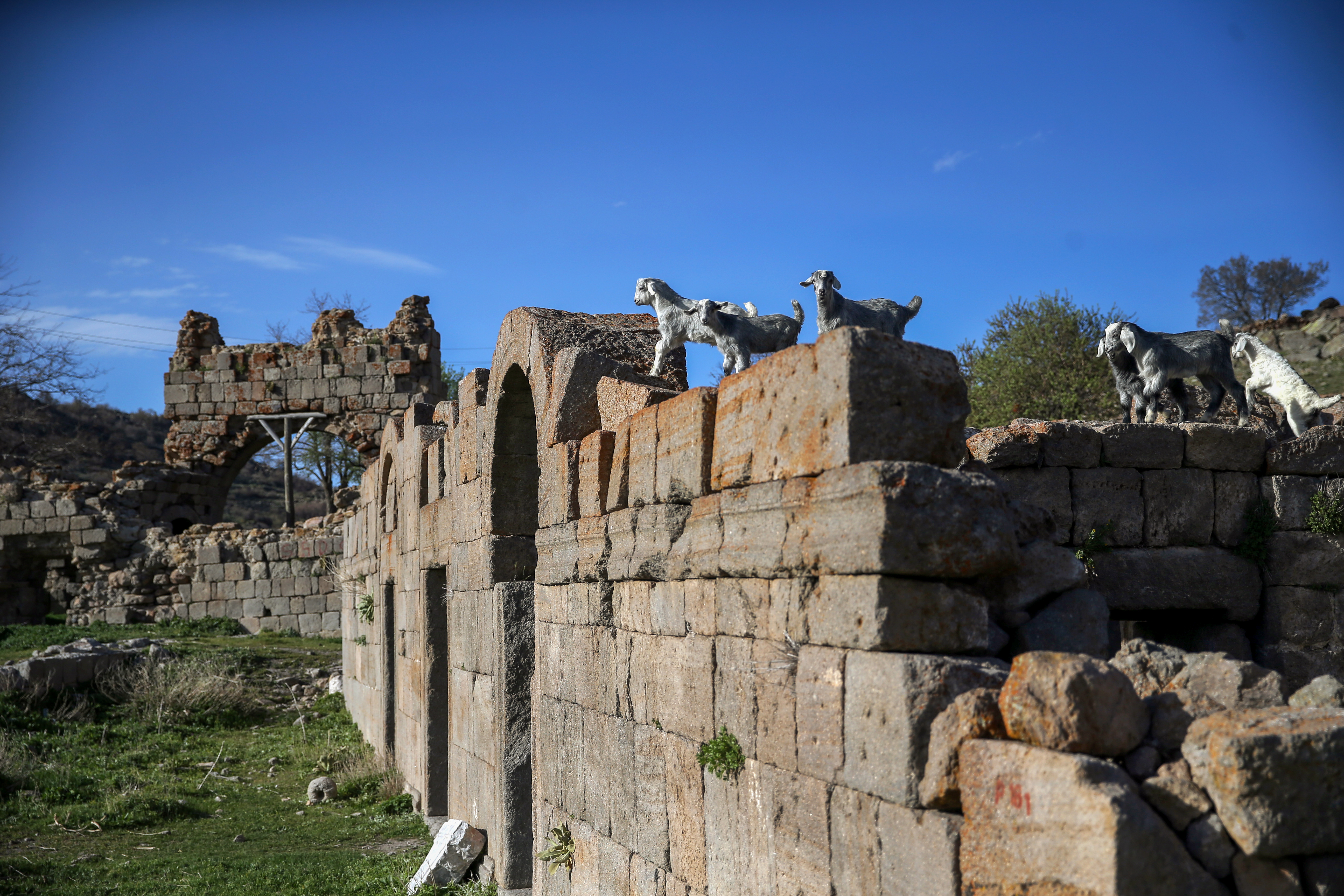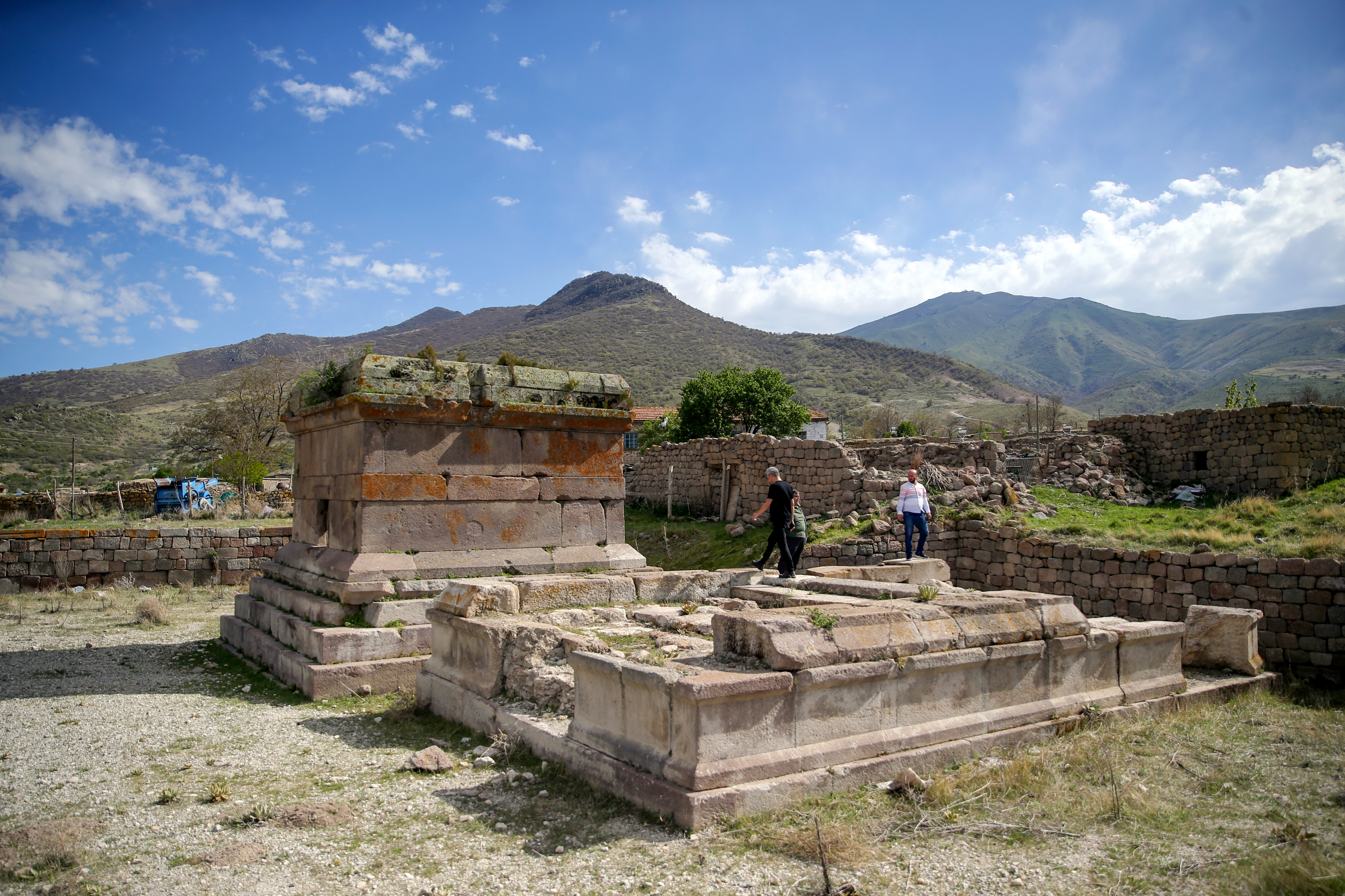
Discoveries near the Karadag volcano, including six new church structures at the 1001 Church site, 20 sarcophagi in Maden, and monk cells in Degle Ruins, reveal rich archaeological findings
Archaeological research in the Karadag area, located on the border of Konya and Karaman, has revealed six newly identified church structures in the "1001 Church" region. Additionally, in the city of Maden, 20 sarcophagi and their lids were discovered, while the Degle Ruins yielded findings of monk cells, passageways, and stage architecture used for specific religious rituals.
Degle Ruins, which is thought to have been a bishopric center between the fourth and ninth centuries A.D. and known as Uckuyu village, is home to an important part of these structures.

The slopes of Karadag, which has been home to many civilizations for thousands of years, show traces of dozens of civilizations, from the Hittites to the Ottomans.
Although the region, where there are many churches and monasteries, is referred to as “Barata Ancient City” in some sources, its name in ancient times is not known for certain.

The region, which is visited by Christian pilgrims on their way from Europe to Jerusalem, is one of the three most important centers of Late Antiquity. It has a rich cultural heritage in terms of faith tourism, with dozens of churches, monasteries, and tombs.
Last year, with the permission of the Ministry of Culture and Tourism, Karadag 1001 Church's “Eastern Roman Period Religious Architecture Archaeological Survey” study was initiated in the region.

New discoveries have been added to the inventory through a study led by Necmettin Erbakan University's Faculty of Social Sciences and Humanities, specifically the Department of Early Christian and Byzantine Arts, under the guidance of faculty member Ilker Mete Mimiroglu.
Mimiroglu told Anadolu Agency’s correspondent that Karadag 1001 Church is one of the settlements known from the early periods in Anatolia.
Mimiroglu highlighted that one of the significant reasons for Karadag's attraction, with its numerous buildings, is its sacred status, contributing to its historical and cultural significance.
Source: Newsroom